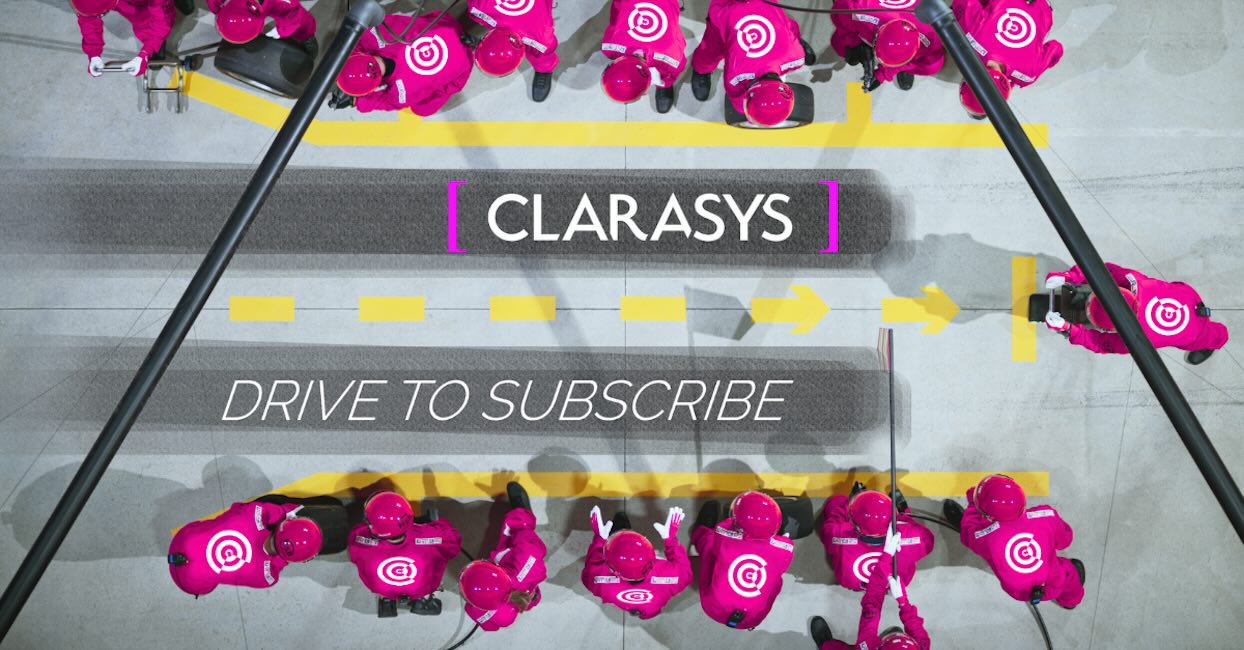When a company’s strategy or direction changes, it requires buy-in and often modifications in behaviour to effectively implement the change…
Sharing a strategic vision: Step one for behavioural change
Sharing a strategic vision: Step one for behavioural change
When a company’s strategy or direction changes, it requires buy-in and often modifications in behaviour to effectively implement the change…

On average, 95% of a company’s employees are unaware of, or do not understand, its strategic vision. If the employees who are closest to customers and who operate processes that create value are unaware of the strategy, they surely cannot help the organisation implement it effectively.
Following this logic, when a company’s strategy or direction changes, it requires buy-in and often modifications in behaviour, from bottom to top of the organisation, to effectively implement the change. Rob Gillingwater at Clarasys has previously explored ways that behavioural change science (including ‘nudges’) can be used to shift cultures and mindsets. Before there can be any effort to implement behavioural change, there must be a well-articulated vision to inform and justify it.
Gaining buy-in on a strategic vision
Without a ‘north star’ of sorts, the only motivation for employees is transactional. But when a personal, emotional investment in the team is a motivator, the threat of punishment and the appeal of monetary reward are lesser considerations. When there is a feeling that efforts will have measurable impact and link directly to a strong, clear vision, organisational teams will go above and beyond the transactional manager-worker model and it will be sizeably easier to achieve buy-in on change programmes.
The transformational (vision-oriented) leader
A classic anecdote on a larger-than-life vision converting into one of the most successful companies of our age is offered by former Apple SVP Jay Elliot. In his 2012 book Leading Apple With Steve Jobs, he recalled an early offsite for the small team at the fledgling Apple Computer Company. Jobs took the whole company to a resort environment outside San Francisco to unite and motivate its people and conveyed his long-term vision for the company so passionately that he almost had tears in his eyes. As Elliot explained, they could feel a wave of emotion soaking the room. The eventual Apple vision (differentiating from the pack based on how their devices would be made friendly, human, and visually familiar for seamless interaction with real people) motivated Apple’s developers to do the best work of their lives to deliver on what ultimately became the world’s most valuable company. This takes emotional buy-in, not just ticking the boxes for an annual raise and clocking out at 40 hours.
Strategy starts at the top, but should not end there
Simply put, when employees feel they have a personal stake in something larger than just showing up and doing a job, better outcomes are produced – in terms of individual fulfilment across the team, finances, and overall impact. As explained, this usually starts with behaviours at the top and trickles down.
First: leadership teams must formulate (but not overthink) their strategic vision. As first examined by the Harvard Business Review study referenced above, 85% of executive leadership teams spend less than one hour per month discussing their unit’s strategy, with 50% spending no time at all. Companies that manage strategy well behave differently, meeting regularly to make adjustments to strategy and execution. Thus, at a bare minimum, leaders must do a better job establishing their strategies, let alone sharing them.
As we have established, once formulated, this vision cannot be kept in the C-Suite if there is to be any hope of achieving that vision. Management scholar Helen Rothberg frames this best in her book The Perfect Mix: You have to be willing to see to have a vision. Managing in the dark sets people up to stub their toes or bump into walls. Darkness creates anxiety. Turning on the light directs energy into creative and productive pursuits.
Simply, if people understand and believe in what they’re working for, they’ll do better work.
Turning on the lights: Communicating the strategic vision
Articulating a vision that motivates a workforce is challenging, but one of the most necessary responsibilities of any leadership team. We know, however, that a unified workforce motivated for something ‘larger than life’ is rare. In fact, this is a dream environment for any organisational change manager to step into.
Since organisational change isn’t always an easy path, at Clarasys, we utilise workforce analytics, creative design, behavioural science, and nudge theory to support leaders and inspire their teams to accelerate adoption, change their culture, and embed strategic priorities. In summary, we are experts in creating memorable experiences which deliver lasting change, informed by the sort of research and insights explained here.
Takeaways
Strategic visions cannot be kept in the leadership team. Organisations are most effective when people across the team have emotional buy-in to the team vision, rather than working simply on a transactional model.
Behavioural change is most effective when the whole community being asked to accept or act on something new understands and believes in the “so what” behind the change.
To find out more about how we can help you with people and change management, please get in touch.
This post was originally written by Spencer Hogan.
Want more?

